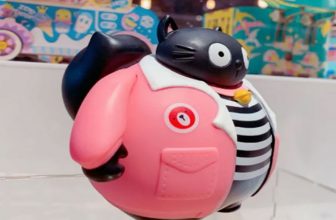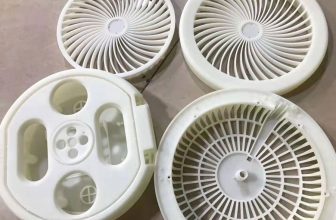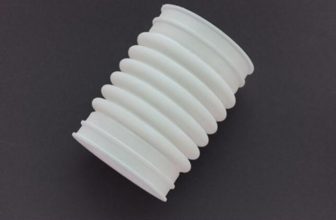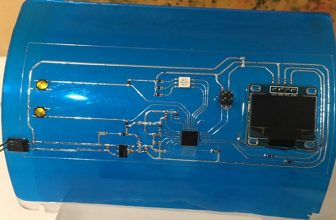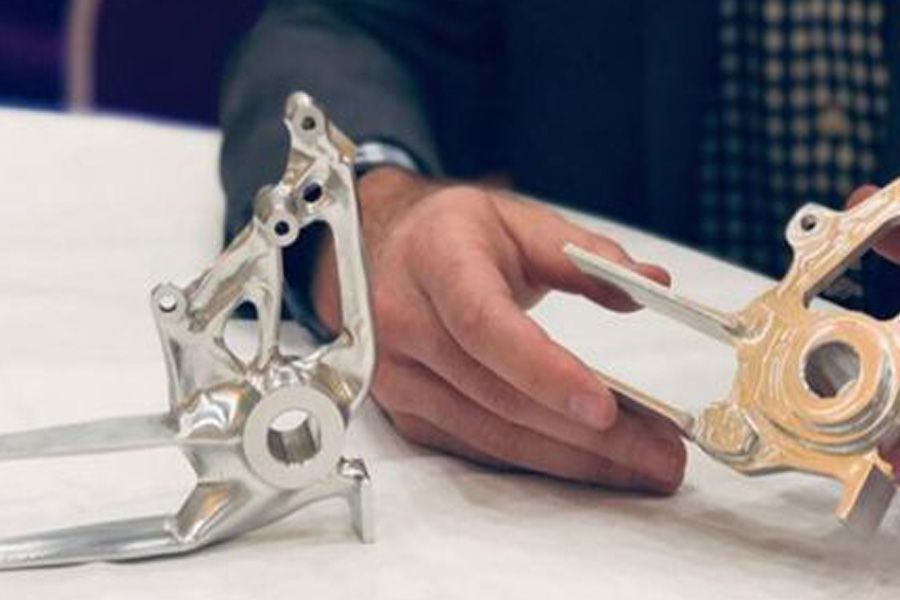
Generative Design is to find an (optimized) model through iteration and adjustment based on some initial parameters. Topology optimization (Topology Optimization) is to analyze a given model. It is common to perform finite element analysis based on boundary conditions, and then optimize the model by deformation or deletion.
Many people think that generative design is a branch of topology optimization or program modeling. But in fact, generative design is an artificial intelligence-driven process, using the cloud to promote innovative design by exploring thousands of modeling possibilities, rather than simply exploring how to reduce materials from the original design scheme .
However, the previous generative design usually does not consider the limitations of processing. Although 3D printing has inherent advantages in manufacturing complex designs, many design results also require CNC machining to achieve higher precision and surface quality, which makes There is still a lack of connection between design and manufacturability, and the 2.5-axis version of Fusion 360 Generative Design, which connects 3D printing and machining from the design end, is opening up the last mile of the connection between design and manufacturing: 3D printing technology and tradition Design compromises in manufacturing technology.
Redesigned for the characteristics of 3D printing technology
With the generative design capabilities provided by Autodesk Fusion 360, both design and manufacturability are built-in. Additive manufacturing and 3-axis and 5-axis milling have their own characteristics. These characteristics make it seem that there is an insurmountable “gulf” between the two. Autodesk’s 2.5-axis version of generative design makes Anyone who owns a CNC milling machine can use this “compromise” design for processing at will.
The interplanetary lander designed by the software company Autodesk-Autodesk and NASA’s Jet Propulsion Laboratory engineers is much smaller than most landers sent by NASA to other planets and satellites. It is an example of a cool generative design project made through a combination of metal 3D printing, casting and milling.
Through Autodesk’s generative design software, this design method uses a biological defense calculation formula that is the result of nature’s evolution. Designers and engineers only need to input data such as design goals, materials, manufacturing materials, and cost constraints into the design software, and the design software can quickly generate a variety of design results as options.
Indeed, many examples of generative design so far seem to be intricate, and this complexity is often daunting for manufacturers, thinking that it is a seemingly impossible design. But the good news is that the scope of generative design is expanding to include support for traditional manufacturing processes.
For example, metal support parts for wheelchairs are derived from the same generative design output. Each component has the same function and performance requirements, the same material, the same rough form, and the only difference is the manufacturing process.
Generative design is not only releasing the potential of 3D printing, but also improving the automation efficiency of CNC machine tools. Automation is embodied in all aspects, not only the automation of the modeling process, but also the automatic optimization of the machining process and closed-loop feedback, which make the process from 3D printing to CNC machining more digital.
CNC machine tools usually use G codes to describe the processing information of the machine tool, such as the tool path, the selection of coordinates, and the opening of the coolant. In this regard, Autodesk’s Autodesk PowerMill Additive automates CAM programming.
When a CNC machine tool cuts metal, the controller “knows” the pressure on the spindle and its maximum machining efficiency. If the spindle is under 50% of its maximum load condition during operation-this means that its 50% potential is not fully utilized.
Through the network connection with the machine controller, the controller can be “listened” and the processing strategy automatically generated in the design software can be updated in real time. For example, when you realize that the load capacity of the spindle is 50%, you can increase the feed rate to make the tool cut material faster or increase the feed to make the cut deeper to remove more material, thereby achieving higher operating efficiency.
The integration of design and manufacturing is inevitable for product manufacturing! Generative design, automatic programming and closed-loop feedback make CNC machine tool processing more obvious features of automation. In Mohou.com’s view, for manufacturers, the best is yet to come. Soon, the silos between product designers, mechanical engineers and manufacturing engineers will be broken, and additive and subtractive materials will be further integrated.


